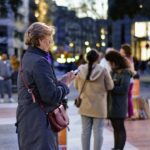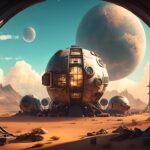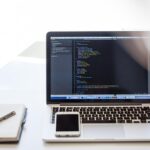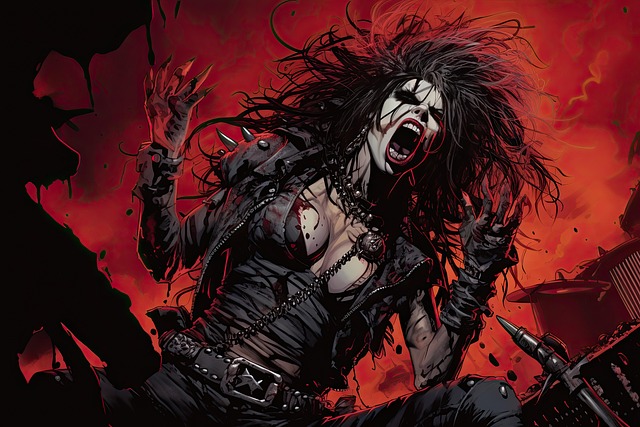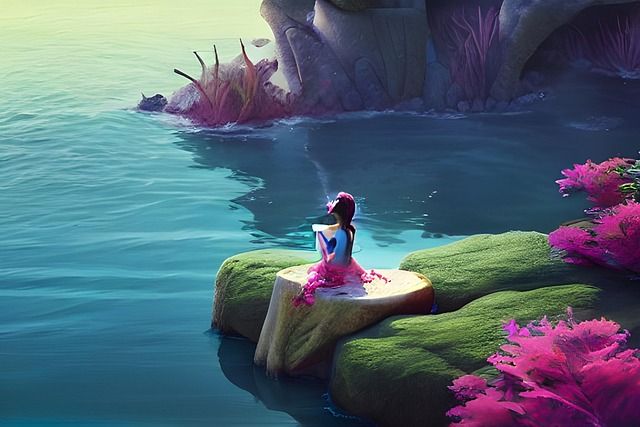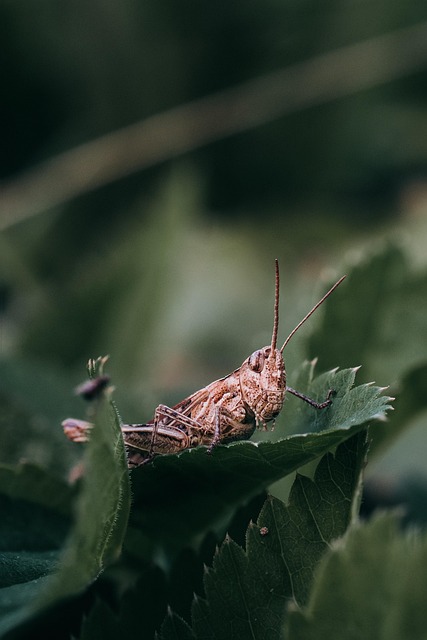# AI Art: Exploring the Intersection of Technology and Imagination in the Modern Artistic Landscape
The rise of artificial intelligence (AI) has catalyzed a profound transformation in various sectors, and the world of art is no exception. As technology continues to evolve, artists and technologists alike are increasingly exploring the potential of AI to augment creativity, challenge traditional notions of authorship, and redefine the artistic process. This article delves into the multifaceted relationship between AI and art, examining its implications for creativity, the evolving role of the artist, and the ethical considerations that arise from this technological revolution.
## The Creative Potential of AI
In recent years, AI has demonstrated remarkable capabilities in generating visual art, music, literature, and even poetry. Algorithms can analyze vast datasets of existing artworks, learning patterns, styles, and techniques to create new pieces that often surprise and inspire. Generative Adversarial Networks (GANs), for instance, have gained popularity for their ability to produce images that resemble human-created art. By training on extensive collections of artwork, these systems can generate original compositions that blend various styles, techniques, and subjects.
Moreover, AI’s ability to process and analyze data far exceeds human capacity. This characteristic allows it to identify trends and styles that may go unnoticed by artists and critics alike. Consequently, creators can leverage AI tools to explore new aesthetic possibilities and push the boundaries of their artistic practice. Artists such as Refik Anadol and Mario Klingemann have embraced AI as a collaborator, producing immersive installations and thought-provoking pieces that challenge our understanding of creativity.
Another dimension of AI art lies in its capacity for personalization. AI algorithms can analyze individual preferences and styles, tailoring artwork to resonate more deeply with specific audiences. This customization not only enhances the viewer’s experience but also fosters a more intimate connection between the artwork and its audience. As a result, the democratization of art through AI tools allows a broader range of voices to emerge, enriching the artistic landscape.
## Redefining the Role of the Artist
Traditionally, the artist has been seen as a singular creative force, a visionary who translates personal experiences and emotions into tangible forms. However, the integration of AI into the artistic process challenges this notion, prompting a reevaluation of the artist’s role. Rather than being the sole creator, artists are increasingly becoming curators and facilitators of the creative process, collaborating with AI systems to produce work that reflects a unique fusion of human imagination and machine learning.
In this new paradigm, the artist’s intuition and emotional intelligence complement the analytical capabilities of AI. The creative process becomes a dialogue between human and machine, where artists guide the AI, providing input and direction while also embracing the unexpected outcomes generated by the technology. This collaborative approach fosters a sense of experimentation, encouraging artists to take risks and explore uncharted territories in their work.
Furthermore, the emergence of AI art raises questions about authorship and originality. With AI capable of generating artwork independently, debates surrounding intellectual property and the definition of creativity have intensified. Who owns the rights to a piece created by an AI? Is the artist who programmed the algorithm the true creator, or is the AI itself deserving of recognition? These questions challenge long-standing conventions in the art world and necessitate a reevaluation of how we define artistic ownership.
## Ethical Considerations and the Future of AI Art
As AI continues to permeate the artistic landscape, ethical considerations become increasingly paramount. One pressing concern revolves around the potential for AI-generated art to perpetuate biases present in the datasets used for training. If an AI system is trained on a collection of artworks that predominantly feature a specific demographic, it may inadvertently reproduce those biases in its creations. This highlights the importance of curating diverse datasets that reflect a wide range of perspectives and experiences.
Additionally, the accessibility of AI tools raises questions about the implications for traditional artists. While some view AI as a means of democratizing art, others fear that it may devalue the skills and labor of human artists. The proliferation of AI-generated art could lead to market saturation, making it challenging for traditional artists to compete. Balancing the integration of AI in art with the preservation of human creativity is crucial to ensuring a vibrant and diverse artistic ecosystem.
Looking ahead, the future of AI art holds immense potential for innovation and exploration. As technology continues to advance, we can expect to see even more sophisticated AI systems capable of engaging with art in unprecedented ways. Collaborative projects between artists and AI will likely become more common, leading to the emergence of new genres and styles that blur the lines between human and machine creativity.
In conclusion, the intersection of AI and art represents a dynamic and evolving landscape that invites both excitement and contemplation. By harnessing the creative potential of AI while addressing ethical considerations, artists can navigate this brave new world, enriching their practice and expanding the boundaries of what art can be. As technology continues to evolve, so too will our understanding of creativity, challenging us to redefine the very essence of artistic expression in the modern age.

